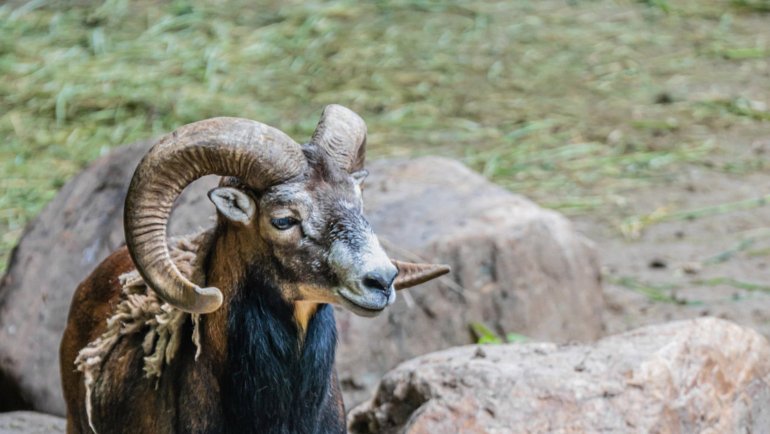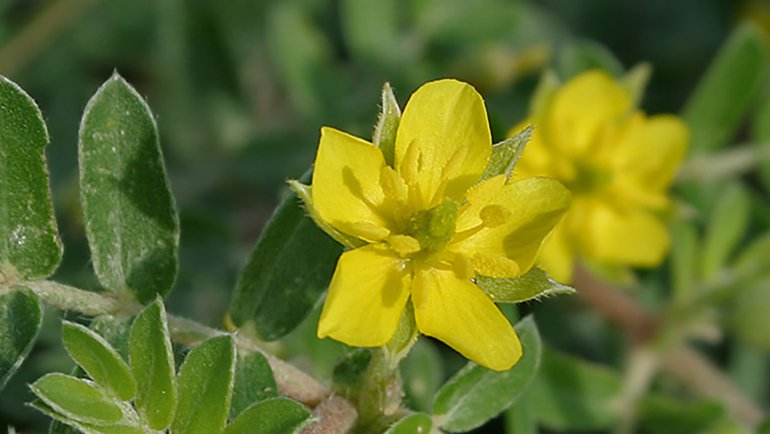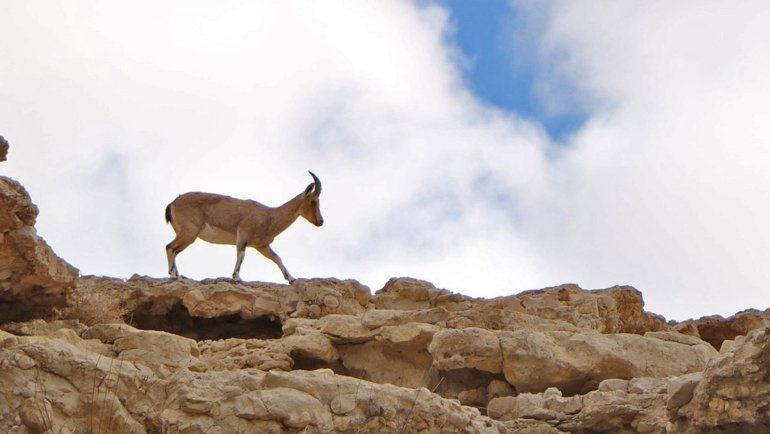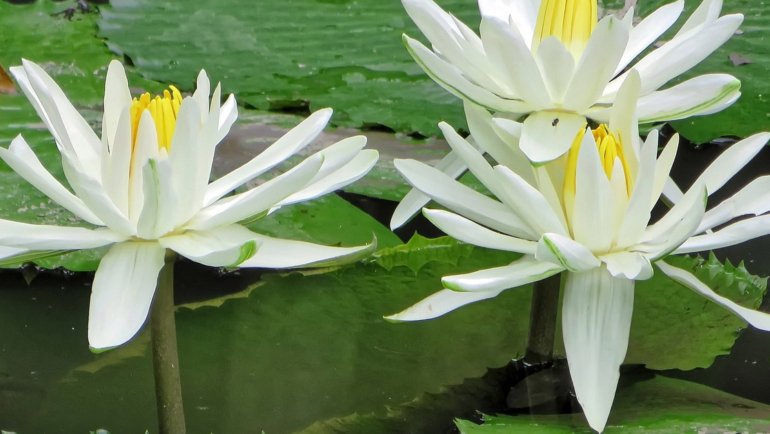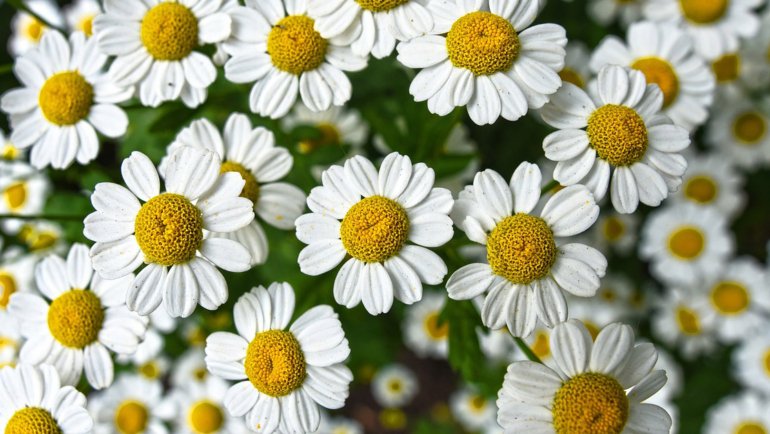Picture yourself immersed in the stunning landscapes of Nicaragua, a country dotted with volcanic terrains, expansive lakes, and lush forests. While the Turquoise-browed Motmot, the national bird, catches your attention with its vibrant colors, the real secret of Nicaragua’s natural beauty is rooted deep within its national tree—The Madroño.
Did you know that the Motmot is known to wag its tail like a clock’s pendulum? Stick around as we unravel even more intriguing details, this time focusing on Nicaragua’s emblematic tree.
Discover The Madroño, the National Tree of Nicaragua
Meet the Madroño, scientifically known as Calycophyllum candidissimum. Part of the Rubiaceae family, the Madroño captivates with its signature reddish bark that tends to peel off naturally from its trunk and branches.
The tree can soar to heights of up to 65 to 95 feet (20 to 29 meters), creating a canopy of deep, glossy green leaves. The leaves are broad, simple, and oblong, shining in the sunlight with a lustrous appeal.
But the beauty of the Madroño isn’t just skin deep; come spring, the tree adorns itself with fragrant white flowers that are a treat for both the eyes and the nose. Its hard wood offers a durability that is both practical and symbolically enduring, reflecting the resilient spirit of the Nicaraguan people.
Where Does the Madroño Grow?
Primarily native to Nicaragua, the Madroño flourishes in various ecosystems throughout the country. You can find this charming tree embellishing city sidewalks, parks, and gardens, as well as thriving in its natural habitat in the wild. In terms of climate, it prefers tropical and subtropical settings, where the temperature and humidity allow it to reveal its full splendor.
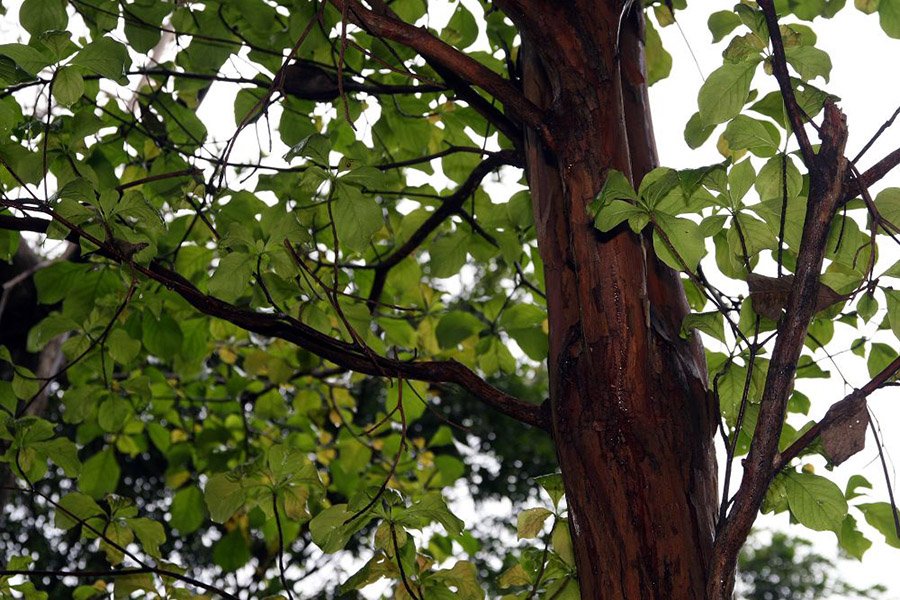 Source: Wikimedia Commons
Source: Wikimedia CommonsThe Madroño Tree in the Ecosystem
The Madroño doesn’t merely stand as a symbol; it also plays an active role in its ecosystem. The tree’s fragrant white flowers are particularly attractive to pollinators like bees and butterflies, aiding in the propagation of plant life in the surrounding areas.
Additionally, the tree’s dense foliage provides a haven for various bird species, including Nicaragua’s national bird, the Turquoise-browed Motmot.
Its hard, durable wood is often used in construction and carpentry, offering a sustainable material for local industries. However, it’s essential that harvesting is done responsibly to ensure that the Madroño continues to play its ecological role.
Why and When Did The Madroño Become The National Tree of Nicaragua?
The Madroño was declared the national tree of Nicaragua for reasons that extend beyond its physical beauty and ecological utility.
The tree symbolizes the resilience and enduring spirit of the Nicaraguan people and their rich history. The reddish bark that peels away is often seen as a metaphor for renewal and growth, much like the country’s own transformative journey through history.
The tree was designated as a national symbol shortly after Nicaragua gained independence, reflecting a newfound sense of identity and belonging. Since then, it has occupied a special place in the hearts and lands of Nicaragua, being cultivated in public spaces to serve as a constant reminder of the nation’s enduring spirit.
There have been minor controversies and debates concerning conservation efforts, especially with the tree’s wood being commercially valuable. However, the general consensus leans towards responsible harvesting and the protection of the Madroño, considering its national and ecological importance.
 Source: Wikimedia Commons
Source: Wikimedia CommonsWhere is the Madroño Featured in Nicaragua?
The Madroño is prominently featured across Nicaragua, from official government spaces to educational institutions. While it doesn’t appear on the national flag or banknotes, it is often the focal point in public parks and gardens.
During the national festivals and cultural events, the Madroño tree often serves as a backdrop or decoration, reinforcing its emblematic status.
Names of the Madroño
The scientific name of Nicaragua’s national tree is Calycophyllum candidissimum, and it belongs to the Rubiaceae family. Commonly known as the Madroño in Nicaragua, it also goes by other names like ‘Degame’ and ‘Lemonwood’ in English-speaking regions.
The tree does not have a significant number of folk names or traditional names in indigenous languages, but its commonly accepted name “Madroño” is universally recognized across Nicaragua and its neighboring countries.
Interesting Facts About The Madroño
- Seasonal Bloom: The Madroño typically flowers around the end of the year, aligning with Nicaragua’s Independence Day celebrations, symbolically reinforcing its status as a national symbol.
- Bark Renewal: The tree’s reddish bark that peels away naturally is not just aesthetically appealing but also serves a functional purpose by making it more resistant to parasites.
- Fragrance: The sweet fragrance of its flowers can often be smelled from a considerable distance, serving as a natural form of aromatherapy.
- Medicinal Use: While not as widely known, parts of the tree have been used traditionally for medicinal purposes, including the treatment of skin ailments.
- Economic Importance: The wood of the Madroño tree is exceptionally hard and durable, making it a valuable resource for local industries, including construction and furniture making.
- Environmental Indicator: The Madroño is often used as an indicator species, helping ecologists understand the health of ecosystems in which it resides.
- Cultural References: The Madroño has appeared in local folklore, songs, and poems, solidifying its place in Nicaragua’s cultural heritage.
 Source: Wikimedia Commons
Source: Wikimedia CommonsOther Beautiful Trees Native To Nicaragua
- Ceiba Tree (Ceiba pentandra): Known as the “sacred tree of life” in many cultures, this gigantic tree can be easily identified by its buttress roots and is important in Mayan mythology.
- Guapinol (Hymenaea courbaril): A hardwood tree that produces a resin used in varnishes and also bears edible fruits.
- Coyol Palm (Acrocomia aculeata): A native palm species that provides food, oil, and materials for handicrafts.
- Nispero (Manilkara zapota): Also known as sapodilla, this tree provides latex and a sweet fruit. It’s often used in traditional medicine for its various health benefits.
- Caimito (Chrysophyllum cainito): Known as the star apple, this tree produces a sweet, milky fruit and is widely cultivated for both its fruit and ornamental value.
What Is The National Flower of Nicaragua?
The national flower of Nicaragua is the Sacuanjoche (Plumeria rubra). This flower is noted for its vibrant yellow and white petals and its fragrant scent. Native to Central America, the Sacuanjoche symbolizes purity and natural beauty and is often used in ceremonial offerings. Like the Madroño, it blooms around the time of Nicaragua’s Independence Day celebrations.
Frequently Asked Questions
Is the Madroño tree endangered in Nicaragua?
No, the Madroño is currently listed as “least concern” regarding its conservation status. However, habitat loss can pose a threat to its natural settings.
How tall can a Madroño tree grow?
A Madroño tree can grow up to 20 meters (approximately 65.6 feet) in height.
What is the Madroño tree used for?
The Madroño tree is primarily known for its symbolic significance and its aesthetic appeal. However, its wood is used in construction and furniture making, and some parts of the tree have been used in traditional medicine.
What is the national flower of Nicaragua?
The national flower of Nicaragua is the Sacuanjoche.
Are there any festivals or celebrations associated with the Madroño tree?
While there is no specific festival dedicated to the Madroño tree, it is a common feature in many Nicaraguan celebrations, including Independence Day events.
